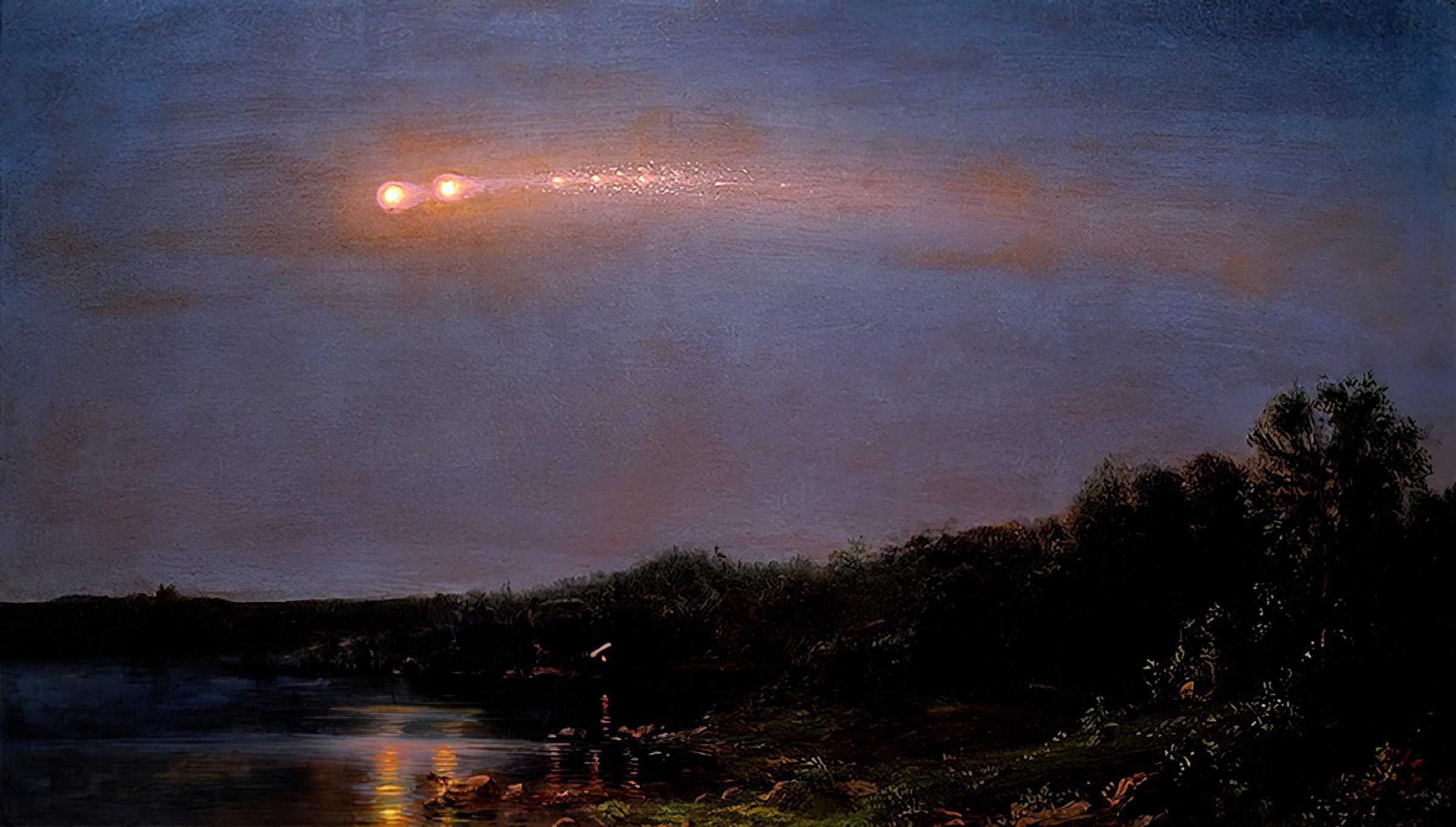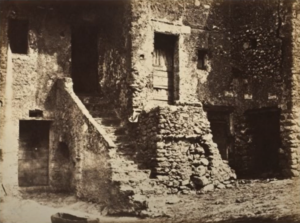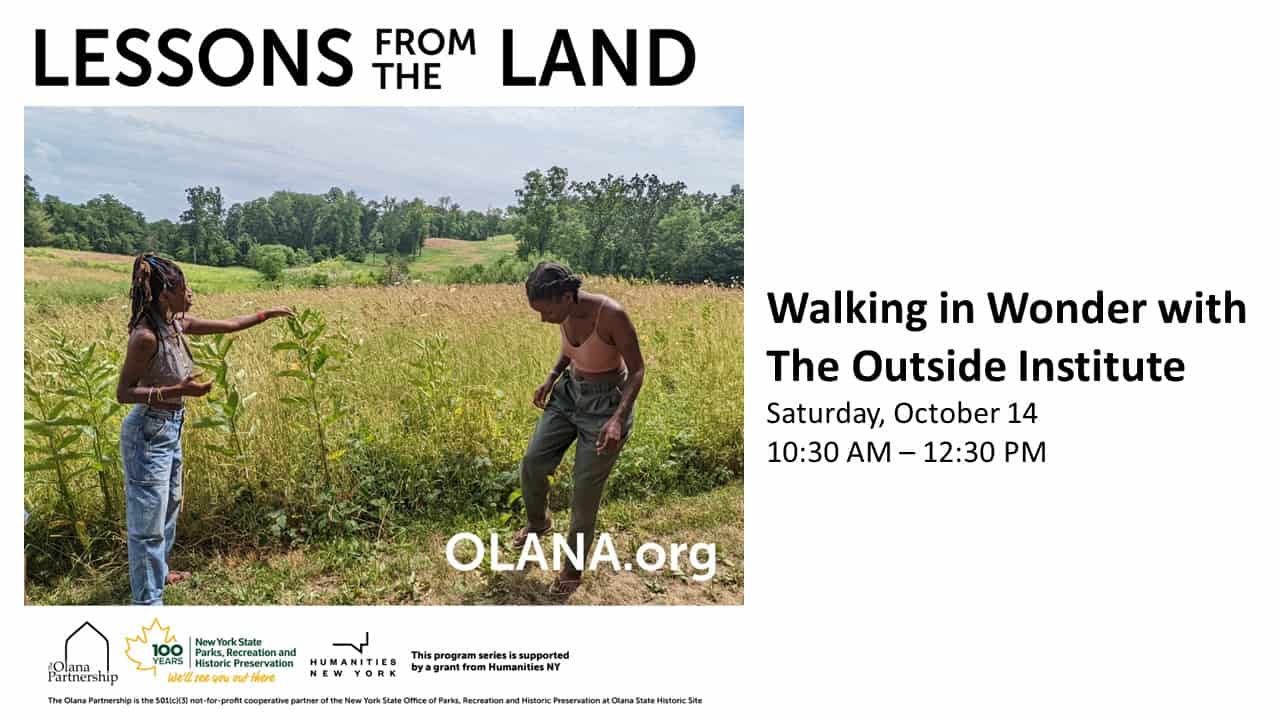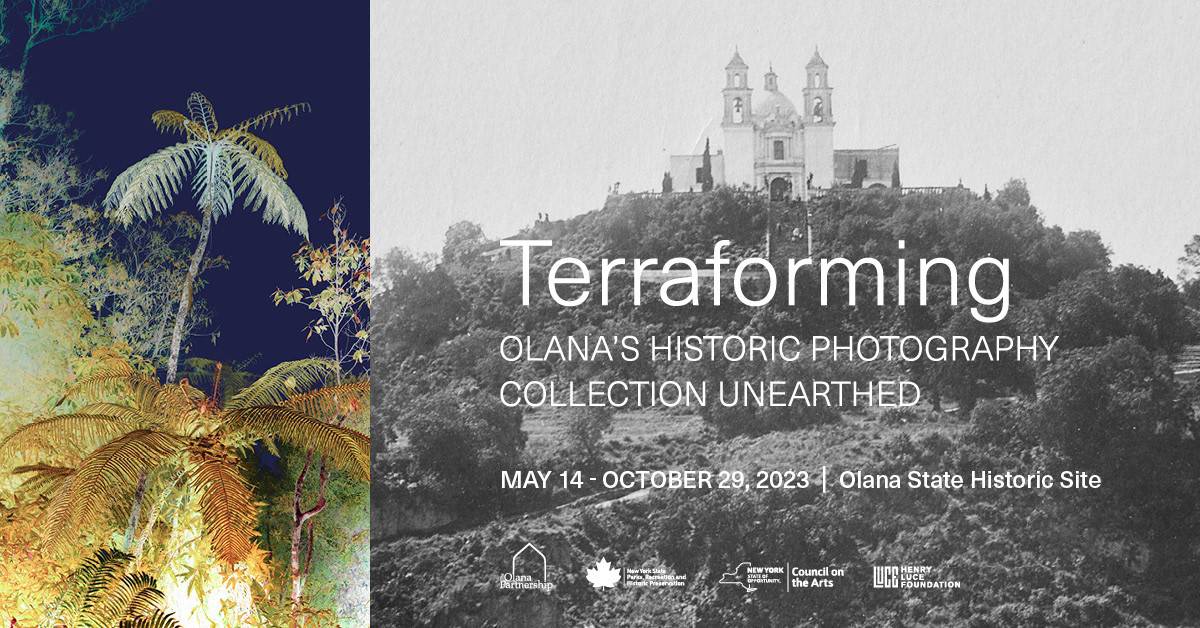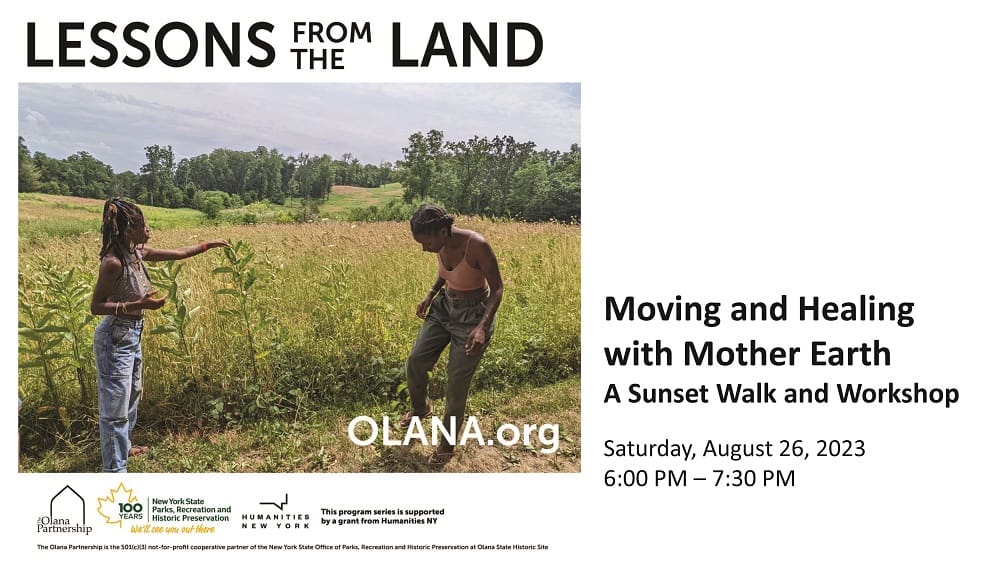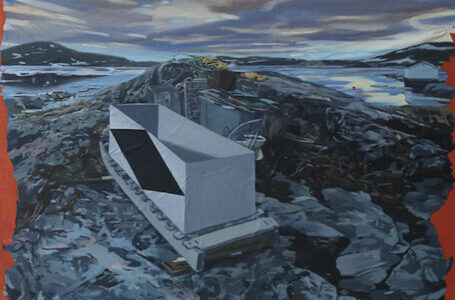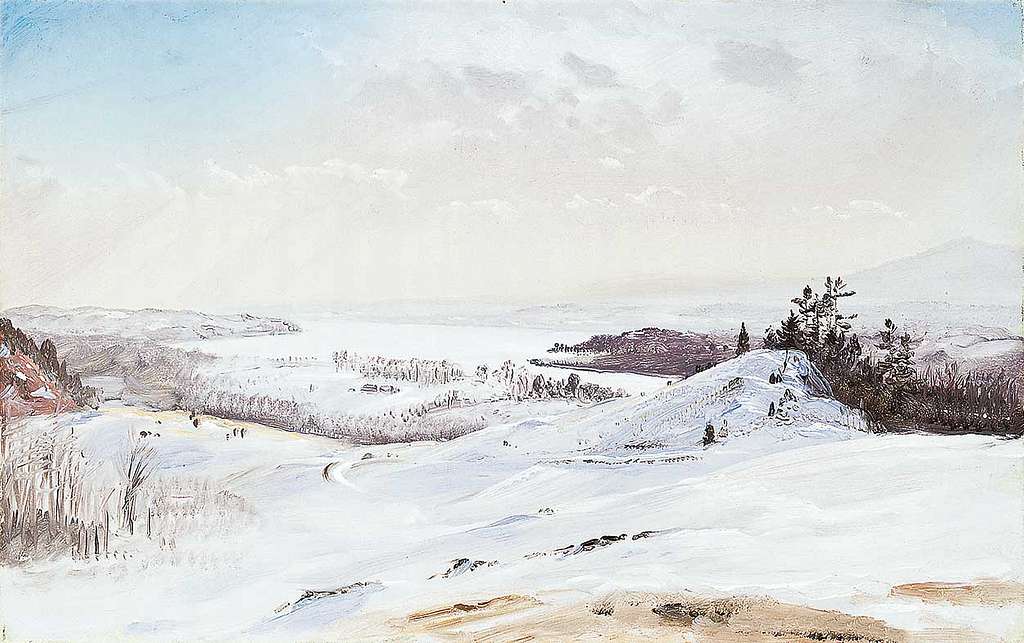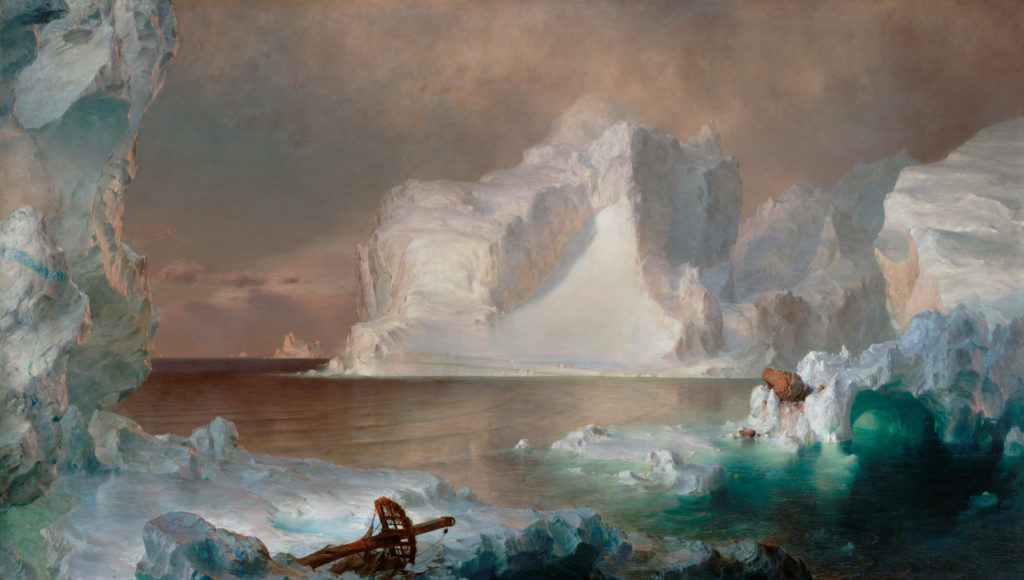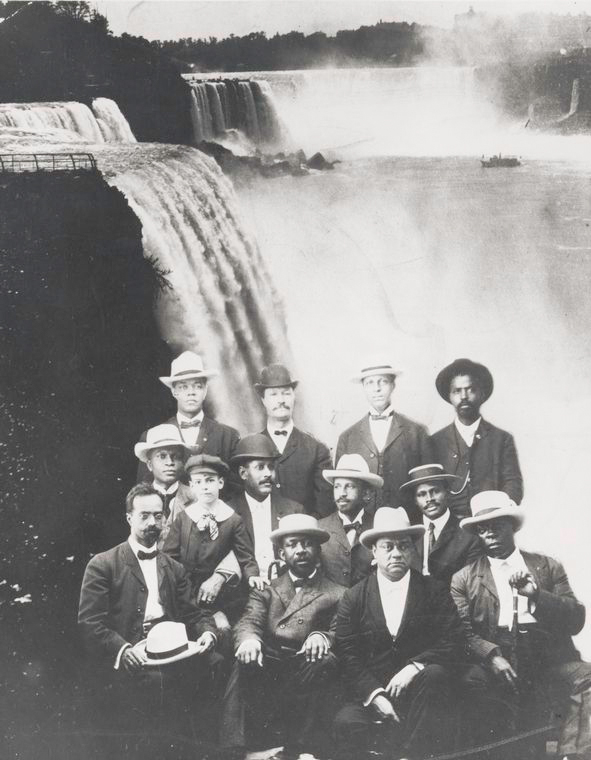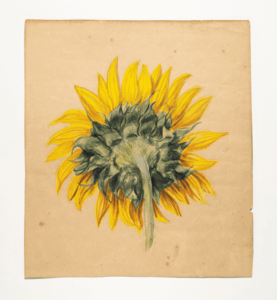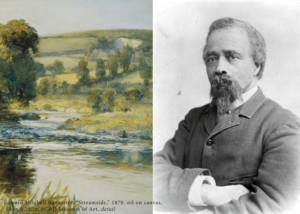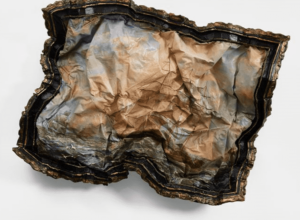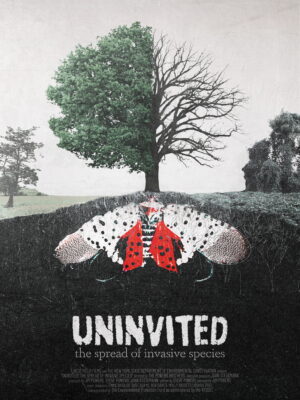Webinars
From Meteors to Auroras: Frederic Church Looks to the Skies
With Eleanor Jones Harvey
November 8, 2023
In this talk, Eleanor Harvey takes us on a nocturnal voyage of discovery through some of Church’s most significant paintings. Central to this talk will be a close look at one of Church’s paintings, The Meteor of 1860, in which the artist took a significant current event and invested it with both scientific and political meaning.
To Bring the World Home: Collecting Photography in the Nineteenth Century
With Corey Keller
October 17, 2023
Church’s collection of travel photography provides a new perspective on his work as a landscape painter and sheds light on the 19th-century philosophical outlook that the world was collectible and, consequently, knowable. During this webinar with independent photo historian Corey Keller, considers how making and collecting photographs offered a medium through which the world could be seen, sorted, and understood in Church’s time.
Walking in Wonder with The Outside Institute
With Laura Chávez Silverman
October 14, 2023
A walk and discussion about how human hands shape the landscape and how the land transforms us. During this program, Laura Chávez Silverman, founding naturalist of The Outside Institute, guides participants in accessing their curiosity and sense of awe in nature.
Turning to the Plants: A Guided Plant Walk through Olana
With Antonia Estela Pérez
September 15, 2023
During this workshop guided by Antonia Estela Pérez, participants will learn about several medicinal and food plants growing in Olana and how we can build mutually regenerative relationships.
Excavating Art and Empire: An Artist Talk (AUDIO)
With David Hartt
September 9, 2023
Guest curator David Hartt discusses his artistic process and vision for Terraforming: Olana’s Historic Photography Collection Unearthed. Learn more about how Hartt was inspired by Olana’s collection of nearly 2,000 19th-century international photographic prints to reflect on the ways in which human culture and activity shape our land.
Moving and Healing with Mother Earth: A Sunset Walk and Workshop
With Nkoula Badila
August 26, 2023
During this nature walk and workshop, Nkoula Badila, founder of Grow Black Hudson, guides participants through Olana’s landscape, discussing the health benefits of regional species and the ways we can connect with nature through movement and herbal medicine.
Perspectives on Landscape, Language, and Indigeneity
With Mark Igloliorte
March 23, 2023
During this virtual webinar, learn more about the work of contemporary artist Mark Igloliorte, whose work featured in Olana’s exhibition Chasing Icebergs: Art and a Disappearing Landscape. During this presentation, he will track the ways language, landscape, and personal perspectives inform his work. A conversation with curator and scholar Franchesca Hebert-Spence will follow.

Moving Art, Moving Audiences: Nineteenth-Century Travelling Exhibitions and the Matter of Abolition
With Caitlin Meehye Beach
February 7, 2023
In the mid-nineteenth century, Americans faced a new way to encounter art: the traveling exhibition. Sculptures, panoramas, and paintings crisscrossed the country, appearing at venues that included exhibition and entertainment halls, galleries, reform societies, and fairs. During this virtual webinar, Caitlin Meehye Beach will explore the phenomenon of traveling exhibitions as they intersected a pressing concern of the day: the abolition of slavery. Following the publication of her 2022 book, Sculpture at the Ends of Slavery, this presentation focuses on three works in particular: Hiram Powers’ The Greek Slave, Henry “Box” Brown’s The Mirror of Slavery, and Frederic Edwin Church’s The Icebergs.
This webinar recording is available upon request. Please email education@olana.org.
The View from Olana: Preserving America’s Cultural Landscape
With Harvey Flad
January 12, 2023
During this webinar, Harvey Flad, Professor Emeritus of Geography at Vassar College, will share a personal perspective on how Olana’s views have been saved. Join Flad during this examination of how historic and aesthetic landscape, and other aspects of “community character,” has become a valued component of environmental review.
The Intrepid Quest for Church’s “Icebergs”
With Eleanor Jones Harvey
November 17, 2022
What happens when an artist and his travel companion set forth to chase icebergs? The immediate result is a suite of drawings and oil sketches created to inspire future paintings, and a travelogue written to draw attention to the artist’s dedication to his craft. During this virtual webinar, Eleanor Jones Harvey will recount Church’s voyage, which encompasses inspiration, accolades, disappearance, and rediscovery.
Before Olana, The Original New Yorkers (AUDIO)
With Heather Bruegl
November 9, 2022
Ever wondered who lived in the Hudson Valley long before Frederic Church and his family? During this on-site talk, join historian Heather Bruegl to learn more about the Native Nations that called New York State home long before colonization. This program will touch on the Haudenosaunee, the Lenape and the Mohicans and will discuss history and land loss.
Impressions of Niagara through the Vantage Point of Black Escape Artists, Black Activists, and Landscape Artist Frederic Church
With dann j. Broyld
November 3, 2022
Against the backdrop of the picturesque Falls, Blacks cultivated a global and green outlook, developing the Niagara Movement which birthed the NAACP in the midst of Niagara’s wonders, whirlpools, and waves. During this webinar, dann j. Broyld will examine how Niagara, a vitally important painting subject for Church, speaks to a larger transformative transnational environment with potent importance for Blacks in the 19th century and beyond.
Art, Ecology, and Olana’s Native Forest
With Sean Sawyer
October 19, 2022
During this virtual webinar, Sean Sawyer, President of The Olana Partnership will discuss how Frederic Church engaged with the emerging field of ecology in the 19th century. By following in Alexander von Humboldt’s footsteps in his meteoric rise as the country’s most celebrated landscape painter and then in his four decade-long development of Olana, Church immersed himself in “landscape architecturing” to speak to the history of the land and human impact on it.
Amelia Edwards at Olana and the Birth of Egyptian Archaeology
With Peter Lacovara
April 5, 2022
Amelia Edwards’ lifelong efforts to preserve Egyptian monuments not only firmly planted her legacy in Egyptian studies but brought Edwards to Olana to stay with Frederic Church. During this webinar, Dr. Peter Lacovara will discuss Edwards’ important efforts as the “Godmother of Egyptology,” including her co-founding of the Egypt Exploration Fund, which continues to set out annual expeditions to excavate, record, and preserve archaeological sites throughout Egypt.
“Catskill’s China Painter:” The Botanical Art of Emily Cole and the Politics of Women’s Work within American Painting Traditions
With Amanda Malmstrom
March 15, 2022
Join Amanda Malmstrom, Associate Curator at the Thomas Cole National Historic Site, for this presentation exploring the life, work, and legacy of Emily Cole (1843-1913), a lifelong artist of botanicals and painted porcelain. Emily’s life, art, and personal and professional circles provide a lens not only into American flower painting in the mid-19th and early 20th centuries, but a way to examine the social and political implications of women’s work during this period and as presented at historic sites and museums today.
Painting Against the Odds: Edward Mitchell Bannister’s Unlikely Career in Late 19th Century America
With Rosalyn Delores Elder
March 3, 2022
Edward Mitchell Bannister’s career as a successful practicing artist in New England during the late nineteenth century was considered normal. But, as an African American artist living during the 19th century, the level of normalcy Edward Bannister experienced was, in fact, quite exceptional. During this webinar, Rosalyn Delores Elder will explore Bannister’s career and how his laser-focused determination foreshadowed his future success in the midst of exceptional circumstances.
Traditional Patterns and New Narratives: Exploring Toile de Jouy
With Sheila Bridges and Richard Saja
February 18, 2022
During this program, Sheila Bridges and Richard Saja will discuss the ways the legacy of toile has been altered, homaged, and expanded, moderated by journalist Sabine Rothman. As Sheila Bridges’ prominent toile series incorporates new and unexpected images into a toile motif—such as scenes reflecting Sheila Bridges’ African American heritage or images of Frederic Church painting a cell tower—Saja uses embroidery to create unexpected images out of traditional toile fabric.
History “Gone Viral:” Negotiating the Past through the Present
With Valerie Hegarty and Alexis L. Boylan
February 3, 2022
Join artist Valerie Hegarty and art historian Alexis L. Boylan for a virtual presentation and discussion about how Hegarty’s recent work connects the past and present, incorporating and interrogating historical narratives from the 19th century and beyond. Hegarty will examine how her 2021 exhibition, Gone Viral, engages with our own contemporary history while drawing from her past work and larger histories.
Behind “Uninvited: the Spread of Invasive Species”
With Steve Powers and Rob Cole
January 11, 2022
Learn more about the introduction, spread, and management of invasive species during this virtual webinar. Department of Environmental Conservation Invasive Species Forester Rob Cole and filmmaker Steve Powers will discuss Westfield Production Company’s recent documentary, Uninvited, that introduces the concept of invasive species. Their presentation will highlight some of the species threatening New York’s environment and economy, while also showing some innovative ways that New York State is combating these threats.
Deck the Halls: Female Abolitionist Societies and the Evolution of Christmas
With Ken Turino
December 21, 2021
In this virtual lecture, Historic New England’s Ken Turino narrates the history of female abolitionists in America and their contributions to the development of modern American Christmas traditions. These abolitionists, including Maria Chapman and Lydia Marie Child, hosted Christmas fairs to raise money for the abolitionist cause. These fairs had a wide-ranging influence on a number of Christmas traditions, including the adoption of greenery and the Christmas tree in America.
